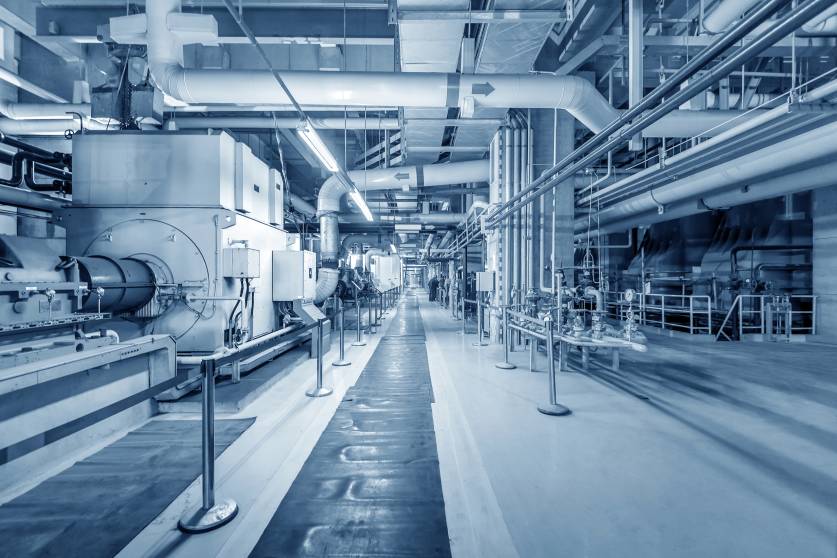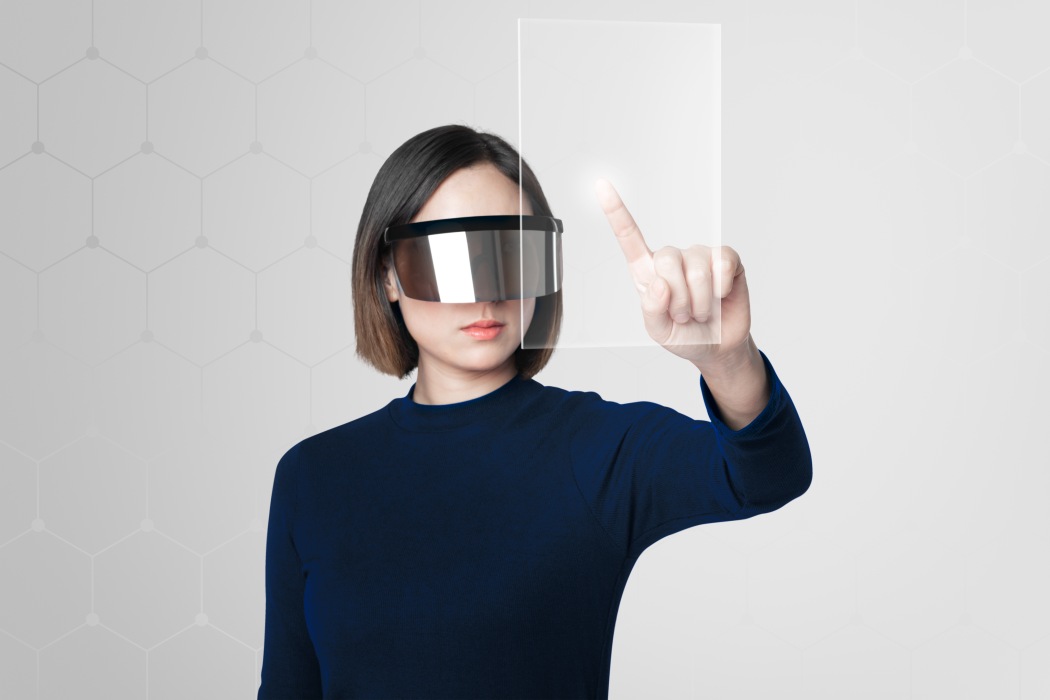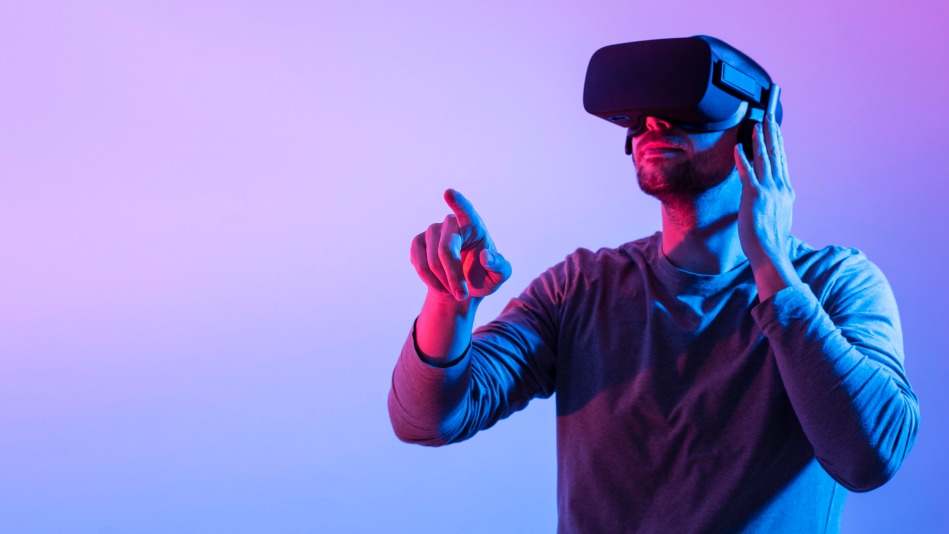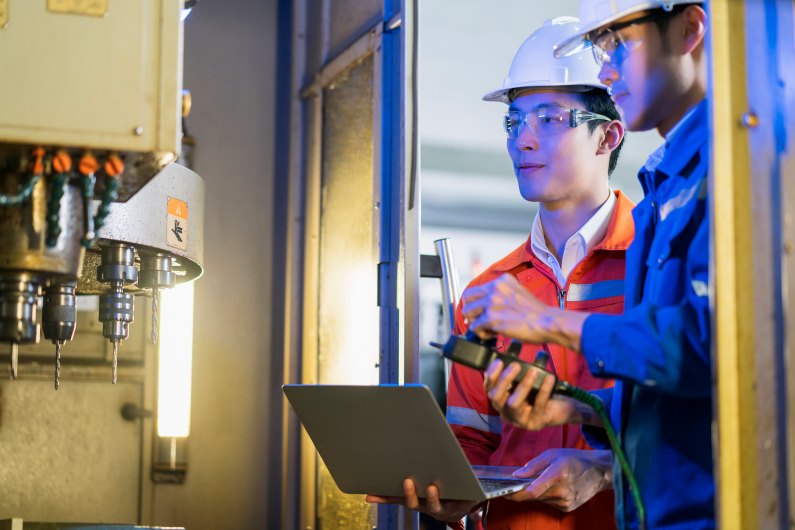The manufacturing sector has the potential to benefit greatly from extended reality (XR) technologies. By integrating XR into their processes, manufacturers can increase efficiency and reduce costs. This article explores how XR can be used in a manufacturing setting, including its applications for training, design visualizations, and market virtual reality prototyping.
What is Extended Reality?
Extended reality (XR) is a collective term for virtual reality (VR), augmented reality (AR), and mixed reality (MR). XR technologies allow users to interact with digital content in the physical environment. These environments can range from immersive VR experiences to AR overlays on wearable devices.
VR is a computer-simulated 3D environment that a user can explore and interact with. AR is a technology that overlays digital content onto the physical world. It uses sensors, tracking objects, or recognition software to superimpose 3D images on top of the real world in real time. MR combines both VR and AR, where digital elements are situated in the real-world environment. The augmented reality in MR is anchored to the physical world, giving the user a more realistic experience. The digital twins created in MR are also more robust than those created through AR.
What are the Benefits of XR for Manufacturing?
Before we look at how XR can be used in a manufacturing setting, let’s consider its benefits in the manufacturing industry.
Cost Savings
XR can help manufacturers reduce costs by eliminating the need for physical mock-ups and prototypes. By utilizing XR technologies, such as virtual or augmented reality, manufacturers can produce 3D models of products in a fraction of the time and cost needed to create physical versions. This not only reduces production costs but also streamlines the product design process. The virtual and augmented reality capabilities can be used to build models of products without purchasing the physical components, which helps with cost savings.
Improved Training
In the industrial sector, using XR technologies can improve training by providing an immersive and interactive learning experience. For example, VR headsets can train new employees on how to operate and maintain machinery safely without the risk of physical harm or damage to equipment. This can provide a valuable learning opportunity for workers that would otherwise be impossible. Furthermore, AR can provide workers with real-time information and data, ensuring they are always up-to-date on the latest processes.
Revolutionize your manufacturing processes with extended reality (XR).
Contact Growth Hackers
Increased Efficiency
Extended reality technologies offer a range of efficiency benefits for manufacturing companies. For example, XR can streamline communication between departments and teams, enabling faster decision-making and problem-solving. It can also automate processes, such as inspection and testing, which can reduce human errors and improve quality control. Additionally, XR technologies can provide a more engaging experience for employees by allowing them to interact with complex machinery in a safe environment.
Enhanced Design & Visualization
XR technologies can also enhance design and visualization for manufacturing companies. AR and VR can create virtual representations of proposed projects or products, allowing stakeholders and team members to view them in a 3D environment. This allows teams to collaborate better on designs and make quick adjustments, resulting in higher-quality products. In addition, designers can also use XR technologies to visualize how their project will look when finished, providing an accurate representation of the final product and allowing them to make any necessary changes in advance.
Suppose a manufacturer is looking to launch a new product. In that case, XR can help them create an accurate 3D model of the design and visualize how it will look in various settings, providing valuable feedback on any potential design flaws or usability issues. By utilizing XR technologies to enhance the design and visualization process, manufacturers can create better-quality products faster and more efficiently.
How Could the Manufacturing Sector Utilize Extended Reality?
Now that we’ve looked at the benefits of XR in the manufacturing industry let’s explore how manufacturers can utilize extended and mixed reality technologies.
Automation
XR technologies can be used to automate processes in manufacturing. For example, AR and VR can control robotic machines, such as CNC machines, to speed up production and reduce human error. AR can also be used for industrial assembly and inspection, allowing workers to quickly and accurately identify parts or defects in products. In addition, it allows remote monitoring of machines and helps workers maintain a safe distance from high-risk areas. Usually, manufacturing processes are complex and involve a lot of manual steps, so XR technologies can simplify them.
Design
Using XR technologies, manufacturers can create virtual models of their products or processes that they can use to perform simulations and tests before starting mass production. This helps them identify design flaws early in the process and makes it easier to make realistic models of products for marketing or other creative purposes. XR technologies can also be used for product configuration, allowing customers to customize their designs before production takes place.
Customer Engagement
Manufacturing companies can use XR technologies to provide customers with immersive product experiences. For example, AR and VR technology can give customers a virtual tour of the production process and how products are made. This helps companies build relationships with their customers and increase brand loyalty.
Additionally, XR technologies can generate 3D visuals for marketing purposes, allowing manufacturers to showcase their products in an engaging way that goes beyond traditional advertising methods. In critical manufacturing equipment and processes, XR technologies can also create augmented reality service and maintenance manuals that help guide technicians through the maintenance process.
Predictive Maintenance
XR technologies can be used to monitor the performance, maintenance, and safety of industrial machinery. For example, sensors and cameras can be attached to machines that detect anomalies in their operating parameters. This data can then be sent to a remote platform where XR tools can provide advanced analytics and insights into potential issues that may arise. In addition, manufacturers can use XR technologies to simulate and predict the maintenance requirements of their machinery in real time before any issues occur. This helps reduce downtime and ensures that machines are running optimally. Furthermore, AR can provide technicians with virtual instructions on repairs or modifications required for machinery, saving time and increasing safety levels.
Quality Control
To ensure the quality of their products, manufacturers can use XR technologies to perform detailed inspections and analyses. Suppose a manufacturer is producing a batch of products. XR technologies can scan each product and quickly compare it to the prescribed design parameters. This helps manufacturers identify defects in the production process and take corrective action if necessary.
Furthermore, XR can also be used to inspect the quality of incoming materials before they are processed, thus further increasing the accuracy of the manufacturing process. Employees’ workplace safety can also be improved by using XR-enabled cameras to monitor the production line and alert workers of potentially hazardous situations.
Don’t get left behind – implement extended reality (XR) in your manufacturing company today!
What are the Challenges of Implementing XR in Manufacturing?
While XR offers great potential for the manufacturing sector, there are some challenges to consider when implementing these technologies.
Cost
The primary challenge associated with XR implementation in the manufacturing sector is cost. The hardware and software required for XR implementation can be expensive, especially if a company wants to use commercial-grade products. Developing custom applications for XR technology can also involve significant investments in terms of time, effort, and financial resources. Companies must carefully consider the cost of implementation and weigh it against potential benefits.
Security
Another challenge associated with XR implementation in the manufacturing sector is security. When introducing new technologies into an organization, there is always a risk that data could be compromised. As such, companies must ensure that XR applications are secure and provide adequate protection against malicious actors. This requires having appropriate policies and protocols in place and investing in the latest security solutions to protect against cyber-attacks. Additionally, companies should consider hiring experts with knowledge of XR technology to ensure that the implementation process is secure.
Skills
While implementing XR technology in the manufacturing sector may be cost and security-effective, companies must also consider the need for specialized skills when implementing XR solutions. Many companies lack adequate resources to handle the complexities of XR technology and thus require skilled workers to manage the process. Companies must make sure they have personnel with sufficient knowledge and experience to ensure successful implementation. Companies must also invest in training and development to ensure their employees have the necessary skills to effectively manage XR solutions.
Adaptability
Finally, XR technologies must be adapted to the specific needs of the manufacturing sector. The implementation process involves considering factors such as existing infrastructure, production processes, product requirements, and more. Companies must ensure that they have sufficient resources to make changes and adapt their XR solutions as necessary in order to maximize efficiency. This requires having an experienced team that can accurately predict future needs and requirements and develop XR solutions accordingly.
Closing Thoughts About Utilize Extended Reality in Manufacturing Sector
The utilization of extended reality in the manufacturing sector has great potential to revolutionize how products are created and manufactured. Extended reality can enhance efficiency, increase accuracy, reduce human error, and drive innovation across all aspects of the industry.
Manufacturers can streamline their production processes and reduce costly mistakes by providing users with an immersive 3D experience that allows for real-time visualization and interaction.
At last, whether it’s creating experience-driven designs and prototypes, streamlining production processes, or delivering education and training programs, extended reality can revolutionize how manufacturers go about their business.
By combining the physical realm with virtual and augmented technology in ways never imagined, manufacturers can drive innovation and create products that are unlike anything else on the market.
Growth Hackers is a certified VR (Virtual Reality) marketing agency helping businesses from all over the world grow. There is no fluff with Growth Hackers. We help entrepreneurs and business owners implement extended reality in the manufacturing sector, increase their productivity, generate qualified leads, optimize their conversion rate, gather and analyze data analytics, acquire and retain users and increase sales. We go further than brand awareness and exposure. We make sure that the strategies we implement move the needle so your business grow, strive and succeed. If you too want your business to reach new heights, contact Growth Hackers today so we can discuss about your brand and create a custom growth plan for you. You’re just one click away to skyrocket your business.







